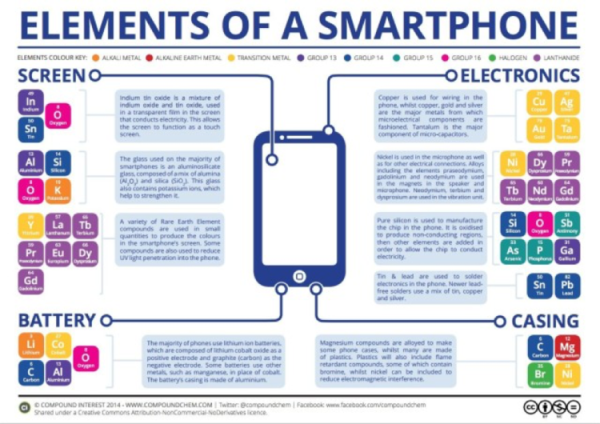An excerpt from the Institute for Defense Analysis (IDA) paper “Commercial Industry Research & Development Management Best Practices,” with Michael J. Lippitz as contributing author.
[…] Companies have employed corporate venturing since the 1970s and 1980s, but in recent years it has become more sophisticated and connected to overall R&D and open innovation strategies. Corporate venture capital (CVC) organizations aim to supplement internal technical competencies as well as create a window into possible future directions. As such, it is important for CVC to be connected to internal technical talent, for due diligence initially, and then later to facilitate the absorption of lessons back into the company.
Methods of establishing a CVC vary. A company can invest as a limited partner in an established VC fund, as Coca Cola did with the Draper Fisher Jurvetson Element fund on water. It can set up its own VC fund with others as limited partners, as Unilever has done with Physic Ventures. Or it can establish an internal CVC fund, on or off the balance sheet. In all cases, money is not the primary issue. Rather, the company must be a strategic investor who is prepared to devote its non-financial resources—technology, brand, distribution, credibility, etc.—to help a start-up business succeed. By the same token, CVC investment value must be viewed in terms of strategic leverage more than near-term financial return. As such, the company must be prepared to be open and move quickly; that is, to operate like a VC and at the pace of a VC.
Applied Materials is one example of a company with a varied portfolio to such investments as synopsized from IDA’s interview with Applied Materials’ CTO Dr. Omkaram Nalamasu:
Applied is embedded in an innovation ecosystem of customers, suppliers, academia, institutions and VCs. For example, AMAT will invest in VC deals to enable the development of a supplier, discipline or a nanotechnology application. Within this system AMAT must be able to recognize and seek ideas from others and collaborate and invest through strategic investments to disrupt the current market or enable a new product. New market developments come from both inside and outside. AMAT will incubate internal developments as investment in “inventures”. External ideas are identified through relationships with academia, venture capitalists (VCs), and merger and acquisition investments. For these external and internal developments AMAT has a “structured vetting process” – using a score card on such criteria as synergy with strategic business plan, market opportunity, disruption potential, value-added in terms of providing a value chain technology for manufacturing or access to customers.
Examples of external ventures at Applied Materials are the acquisition of Italian firm Baccini for solar panel metallization and the acquisition of Precision Wiring, a Swiss firm. Baccini resulted in a thirty times revenue increase in three years, while Precision Wiring resulted in a ten times revenue increase in three years.
Critically, the CTO and his technical staff play a major role in technology due diligence and assessing the prospects of such acquisitions. It is possible to make costly mistakes if they are not properly evaluated according to the vetting process. The company, according to Nalamasu “…must understand what the capabilities and potential are, what is different in what the acquisition would provide” and especially how it would affect it in terms of timing and capabilities. The guiding principle is how would the potential acquisition enable the market and the customer? As Dr. Nalamasu put it, “Acquisition is the quickest pathway to solve customer problems.”
CVC works best when it is focused on defined areas and based on corporate and R&D strategy. Unilever, for instance, has set up several distinct VC funds targeted to specific technology areas and with defined investment period. That is, CVC funds work best when they are rifle shots, not shot guns. A strong, experienced, and dedicated team is essential to establish credibility and relationships with the broader VC community and university technology transfer offices, with an organizational structure that does not inhibit its activities but is still strongly attached to the corporation. Most importantly, the approval time for investment must be streamlined.
Read the full IDA report, Commercial Industry Research & Development Management Best Practices.


